Today we will walk through the old town of Toulouse. Founded by the Romans over two thousand years and the capital of the French region of Midi-pyrene, the Gallic town has a very long and eventful, which have given a very peculiar personality.
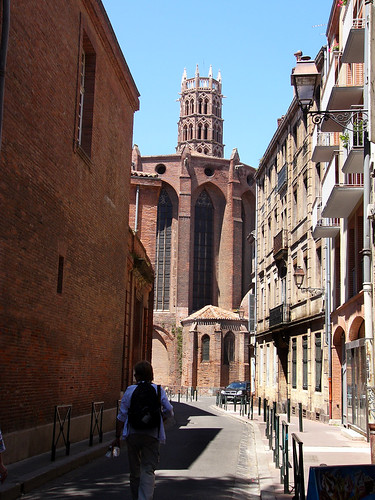
Photography by ktylerconk
Our tour will focus on one of the most characteristic aspects of Toulouse: its medieval palaces located in the neighborhood of St. Etienne, and closely linked to one color, the pastel blue. But first, some historical context to help us place ourselves in the visit.
When money was pastel blue:
In the Middle Ages, XV and XVI, Toulouse monopolizing a lucrative business in Europe: the collection, processing and commercialization of blue dye called cake, named for the plant that obtained the characteristic pale blue and that abounded in the region of Midi-pyrene, crops belonging to cities such as Albi, Carcassonne or Toulouse own.
This trade is the most prosperous economic period in the history of Toulouse. So, traders have reached toulousenses money at close range, they used a strange competition to prove who was more influential and powerful in the city.
The unique dynamics of the game was to see who built the grandest palace, topped in turn with the tallest tower in their quest to scratch the sky Toulouse. This is what happens to the ego of the people, however great, to be immaterial bodily needs reinforcement, preferably as large and coarse as possible, so that others can see at a glance. And what better way to build a brick palace that would overshadow all the others, or so at least thought of Toulouse.
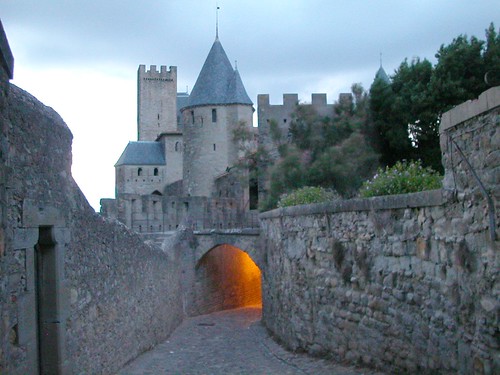
Photography by lorentey
Seen this way, the richest merchant of Toulouse and more ego was certainly Pierre d’Assézat, who built the largest palace and flamboyant of all. However, his days of prosperity were short and lost all his property to be openly Protestant in France, which was then delivered fiercely Catholic. D’Assézat Toulouse was exiled for many years, and when he could return to the pink city had lost all his property, was not killed anyone and practically destitute.
Today his former palace is called Hotel d’Assézat, and remains a magnificent building (now publicly owned), home to a foundation dedicated to works of art. In its vast courtyard and there is always activity around, and if we are to see the typical workday noise generated by dozens of students of fine arts, or sandwich in hand rest, or take the opportunity to make freehand sketches of details from the facade of the palace.
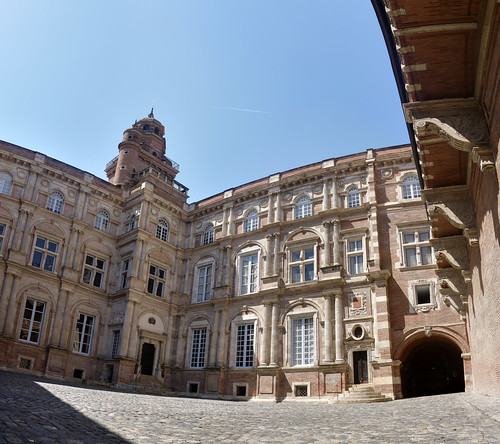
Photography by styeb
But nothing lasts forever, neither rich nor the domain Assézat textile Toulouse, and the discovery of the new world would come importation of indigo, another blue plant baratade get more intense and that the plant cake. And even since then things changed dramatically for Toulouse (an entire economic ecosystem disappeared based on the extraction, processing and trading of pastel), at least survived its magnificent palaces, hereinafter called upon to give witness to the glory of yesteryear. And many of them survived needle towers, pure demonstration of power and ostentation in medieval Toulouse.
As we said before, talk about a walking route through the central district of St. Etienne, allowing us to see some of the courtyards of these magnificent mansions, and see a large number of facades of Renaissance and Gothic styles. Languid, elegant, St. Etienne is considered the most chic district of Toulouse, home to most of the medieval palaces that have survived to this day.
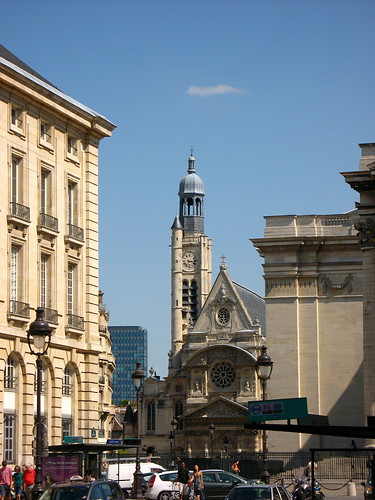
Photography by Михал Орела
Some of the most famous mansions and remarkable Toulouse are Bernuy mansion, the mansion Assézat, and the mansion Brucella. The path you propose of the Museum of Natural History (Muséum d’Histoire Naturelle), we strongly recommend visiting if you have a couple of extra hours. Then walk along the Rue Ozenne, and at 9 we find our first palace: the Hôtel Dahus. Continue through the narrow streets of the historic center of Toulouse. Near the intersection of Rue du Languedoc find the Hôtel du Vieux Raisin (36 rue du Languedoc). Continue up the Rue de la Trinité and go toward the Rue de Metz. Just find the intersection of Place d’Assézat, and next door is the large mansion Hôtel d’Assézat. In the adjacent Rue Malcousinat have the Hugues de Boysson Hôtel (11 rue Malcousinat). Next door in the Rue de la Bourse, Hôtel Delfau see the store and Cake The Fleurée. This store is runs a small business that he spent years researching and restoring the medieval dye techniques in Toulouse, and currently has all its window full of pastel-colored products. For example, hand cream, paint vehicles, to dye clothes, etc.. Today the plant is growing again in the region of Toulouse, Albi and Carcassonne areas.
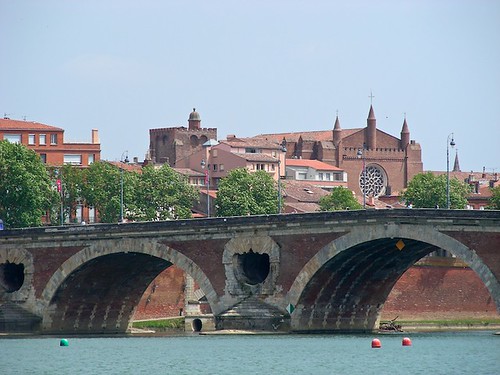
Photography by 4nitsirk
There, in the Rue des Changes is the Hotel d’Arnault Brucella (19 rue des Changes) and the Hôtel d’Astorg at number 16 in the same street. We are very near the Place du Capitole, the true center and soul of Toulouse. But earlier in the Rue Saint-Rome we see the tower Pierre Serta, and finally the Hôtel de Bernuy (rue Ganbetta). This concludes our tour of the mansions of Toulouse, and we approach the town hall or hotel where Saint-Exupéry had a room overlooking it Capitole. Or simply, we choose to sit in one of the terraces of Place du Chapter and enjoy the rhythms of the pink city.
The Renaissance palaces can be visited often during the week (except Sunday and Monday), at least what are the entrance courtyards and in some cases to the garden. On weekends it’s more complicated, since the vast majority of mansions remain in private hands, and they tend to close their doors.
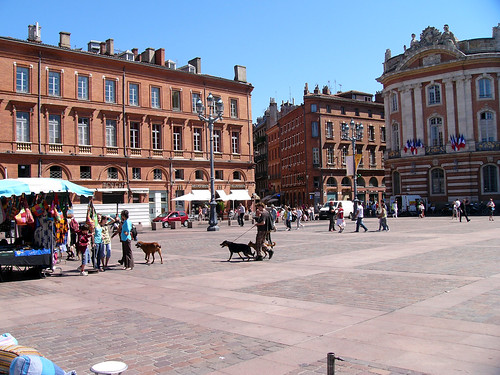
Photography by ktylerconk
This is a travel experience that will never forget, is as carried in the past and imagine how this city, we realize it as well as their culture, the impressive demonstration of wealth that exposed the city.
Been to Toulouse? If so we would like to know about your travel experience, for it can leave your comments for discussion among all in Blog Villa de Ayora.
Leave a Reply
You must be logged in to post a comment.
Recent Comments